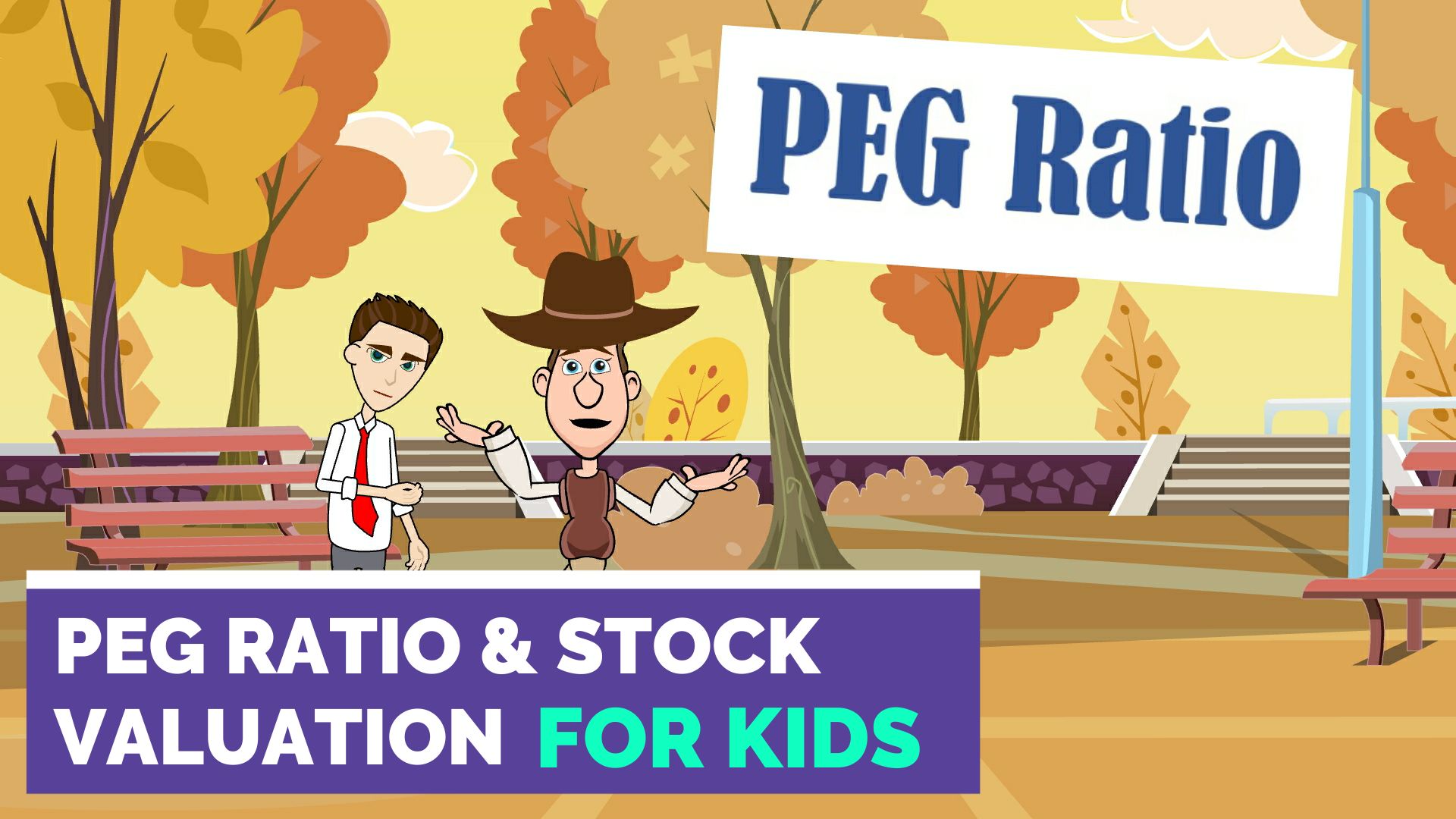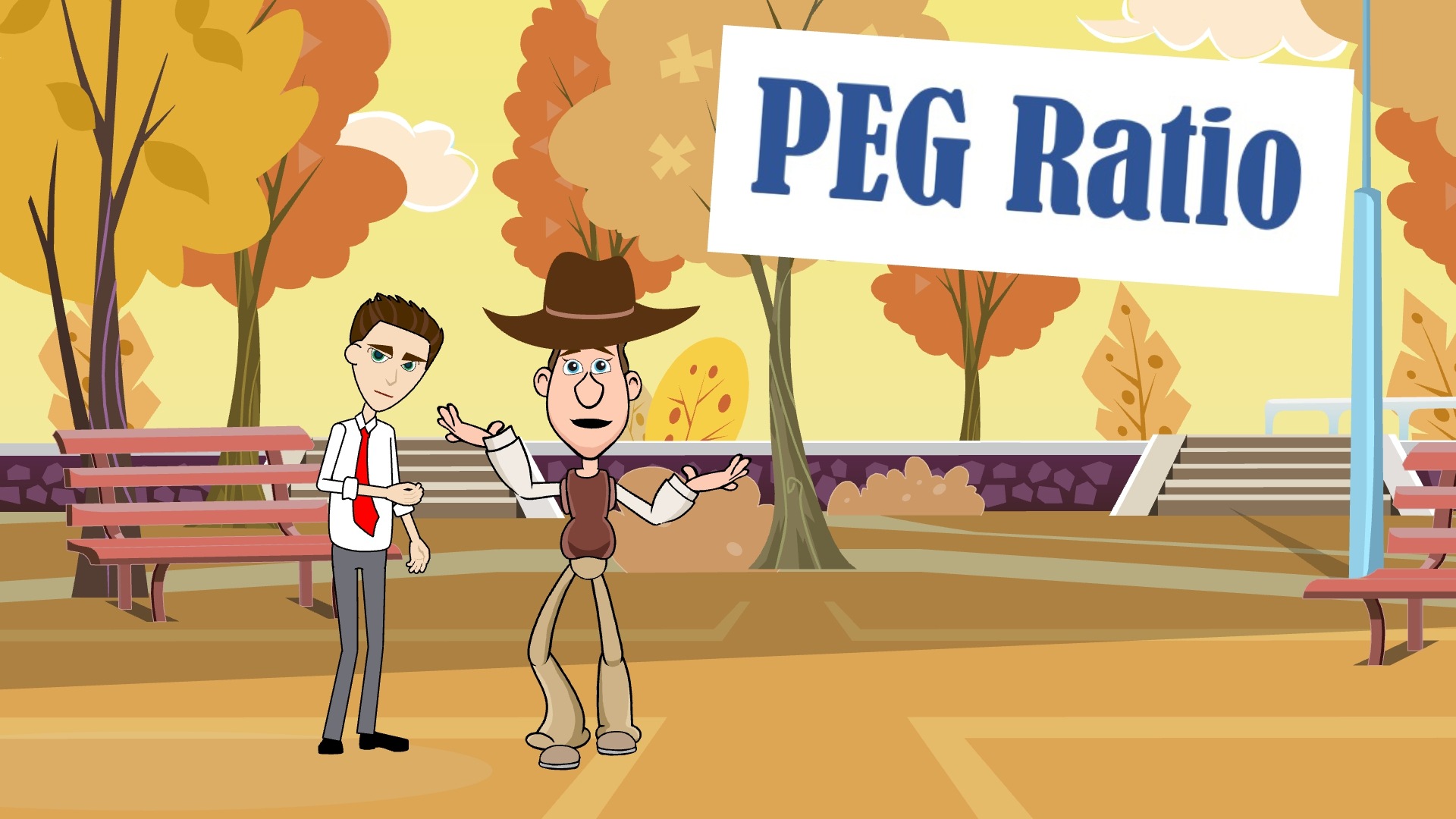What is PEG ratio?
PEG ratio is price-to-earnings to growth ratio. It is a stock’s PE ratio divided by the growth rate of its earnings. For example, if a stock has a PE of 12, and its growth rate is 20%, the PEG ratio is 12/20 or 0.6.
Why do we need PEG ratio when we already have PE?
The PE ratio considers a stock’s market price and its earnings, but doesn’t consider the growth in earnings. PEG ratio goes a step further than PE in stock valuation, since it factors-in the company’s earnings growth.
How do I know the growth rate of a company for calculating the PEG ratio?
The growth rate for a company’s earnings can be easily found on various financial websites. This could be the company’s historic growth rate, or its expected growth rate – also referred to as the analyst estimate of the growth rate.
How do I know if a company is under-valued or over-valued using the PEG ratio?
Generally speaking, the lower the PEG ratio, the more likely it is that the stock is undervalued. Usually, stocks with a PEG ratio of 1 are considered to be fairly valued. Stocks with a PEG ratio lower than 1 are considered to be under-valued, while stocks with a PEG ratio greater than 1 are considered to be over-valued.
Is PEG ratio an accurate measure for making a buy or sell decision?
The accuracy of PEG ratio depends on the accuracy of the PE and growth rate numbers you use to calculate it. You know from our discussion on PE that while a trailing PE ratio is accurate, forward PE ratio is based on assumptions.
The growth rate can also vary depending on whether you are looking at the historic growth rate, or the 1, 3 or 5-year projected growth rate. The growth rate estimated by analysts is also based on assumptions, and can vary widely from one analyst to another.
Also, just like PE, the PEG ratio alone cannot be conclusive – you have to carry out further fundamental analysis before making a buy or sell decision.
Podcast: What is Price to Earnings to Growth (PEG) Ratio
Fun, informative and concise episodes by a 10-year old, breaking down complex financial concepts in a way that kids and beginners can understand. Episodes cover personal finance topics like saving, investing, banking, credit cards, insurance, real estate, mortgage, retirement planning, 401k, stocks, bonds, income tax, and more, and are in the form of a conversation between a cowboy (a finance novice) and his friend, a stock broker. Making finance your friend, only at Easy Peasy Finance.
A little bit about me: I have been fascinated with the world of personal finance since I was 6! I love to read personal finance books, and keep myself updated on the latest by reading various personal finance magazines. My friends often ask me questions about finance because they find it complex and intimidating. That’s what inspired me to start my YouTube channel called Easy Peasy Finance when I was 8, and this podcast 2 years later.
All you need to know about the PEG ratio: What is PEG ratio, Why do we need PEG ratio when we already have P/E ratio, How can you find the growth rate of a company for calculating the PEG ratio, How do you know if a stock is under-valued or over-valued using the PEG ratio, Is PEG ratio an accurate measure for making a buy or sell decision, and more.
Show notes and transcript at: https://www.easypeasyfinance.com/what-is-price-to-earnings-to-growth-peg-ratio/


